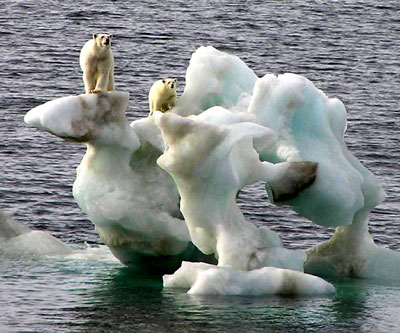"No culture can live, if it attempts to be exclusive." -Mahatma Gandhi
héixwaa: magic, xáat: salmon
This was the first thing that my students at Answer Camp saw as they walked in the door to our classroom. My team teacher and I greeted our students by shaking their hands and repeating, "Welcome héixwaa xáat, welcome héixwaa xáat". Our introduction was generally received with a blank look, a rolling of the eyes, or sometimes with a smirk. Once all of our students were seated we quickly gained our students' attention with a quick shout of, "Héixwaa xáat". This was the beginning of my journey through learning how to be a culturaly responsive educator! Through my experiences as a teacher at Answer Camp I quickly realized that I was also a student. I was like a sponge absorbing all the knowledge that the elders, my colleagues and the students were sharing with me. The realization that although the students that attended this camp were all Alaska Native, they were representatives of cultures and heritages from all over the state. We had students that represented the Tlingit, Inupiaq, Yup'ik, Athabascan, Alutiiq, Aleut, Haida and Tsimshian cultures. I was taken aback by the pride that each student had in their culture and their willingness to learn and support other students as they shared their cultures' history and traditions.
It was very clear to me that in order for each culture to be represented each culture must recognize the other. Without this recognition there would be no differences between cultural groups.
With this knowledge I have been empowered as a teacher to not only help students recognize the significance of having this knowledge in order to help us determine our sense of place but to appreciate the wealth of knowledge that we gain from learning about other cultures and histories. culture map. uaf

Here in southeast Alaska we live within a diverse community that incorporates Alaskan Native, Tongan, Filipino, Hispanic, European as well as many other cultures. As an educator I am invigorated by the idea of finding a way to help my students recognize the significane of the diversity and how it provides us with the opporutnity to learn about others and by recongizing the cultures of others we are able to see the accomplishments of our own cultures.
It was very clear to me that in order for each culture to be represented each culture must recognize the other. Without this recognition there would be no differences between cultural groups.
With this knowledge I have been empowered as a teacher to not only help students recognize the significance of having this knowledge in order to help us determine our sense of place but to appreciate the wealth of knowledge that we gain from learning about other cultures and histories. culture map. uaf

Here in southeast Alaska we live within a diverse community that incorporates Alaskan Native, Tongan, Filipino, Hispanic, European as well as many other cultures. As an educator I am invigorated by the idea of finding a way to help my students recognize the significane of the diversity and how it provides us with the opporutnity to learn about others and by recongizing the cultures of others we are able to see the accomplishments of our own cultures.
Answer Camp Students cutting fish. A. Rodriguez



















